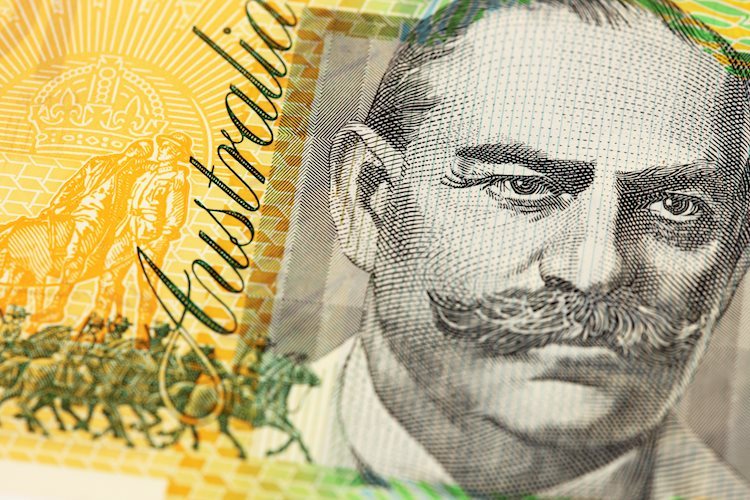
- AUD/USD moves sideways near 0.6520 in Thursday’s early Asian session.
- Fed’s speech did not impact the market much; the central bank needs to see more evidence of inflation data.
- Futures market traders expect the first rate cuts for the RBA will most likely occur in September rather than August.
- Traders will closely monitor the Chinese Consumer Price Index (CPI) and Producer Price Index (PPI) on Thursday.
The AUD/USD pair consolidates above the 0.6500 psychological mark during the early Asian section on Thursday. The sell-off in the US Dollar (USD) and prevailing risk-on environment lend some support to the pair. More Fed speakers are scheduled for later on Thursday and Friday, amid the quiet week in terms of economic data releases. At press time, AUD/USD is trading at 0.6520, gaining 0.02% on the day.
Several Fed speakers endorsed the data-driven approach and high for longer narrative. On Wednesday, Federal Reserve (Fed) Governor Adriana Kugler said that inflation is showing solid signs of slowing down, but she is not yet prepared to begin lowering interest rates. Meanwhile, Minneapolis Fed President Kashkari said that the Fed needs more time to gain confidence in the inflation trajectory before beginning to cut rates. He suggested that two to three rate cuts would seem appropriate for 2024, based on current data.
Boston Fed President Collins said that the chances of inflation being over 2% have receded while noting that the path to the 2% target may be rough and rocky. She said that additional evidence is needed to consider rate cuts. The speech did not impact the market much from what we heard at Fed Chair Powell’s press conference, The central bank needs to see more inflation data to ensure that it returns to a 2% inflation target sustainably
On the Aussie front, the Reserve Bank of Australia (RBA) kept the interest rate steady on Tuesday and stated that a further hike could not be ruled out as inflation remains too high. Futures market traders anticipate the first easing for the RBA will most likely occur in September rather than August. This, in turn, boosts the Australian Dollar and acts as a tailwind for the AUD/USD pair.
Moving on, the Chinese Consumer Price Index (CPI) and Producer Price Index (PPI) for January are due on Thursday. The weaker-than-expected outcome could exert some selling pressure on the Aussie. Also, the US weekly Initial Jobless Claims are due on Thursday, along with Wholesale Inventories and the speech by Fed’s Barkin (Richmond).
